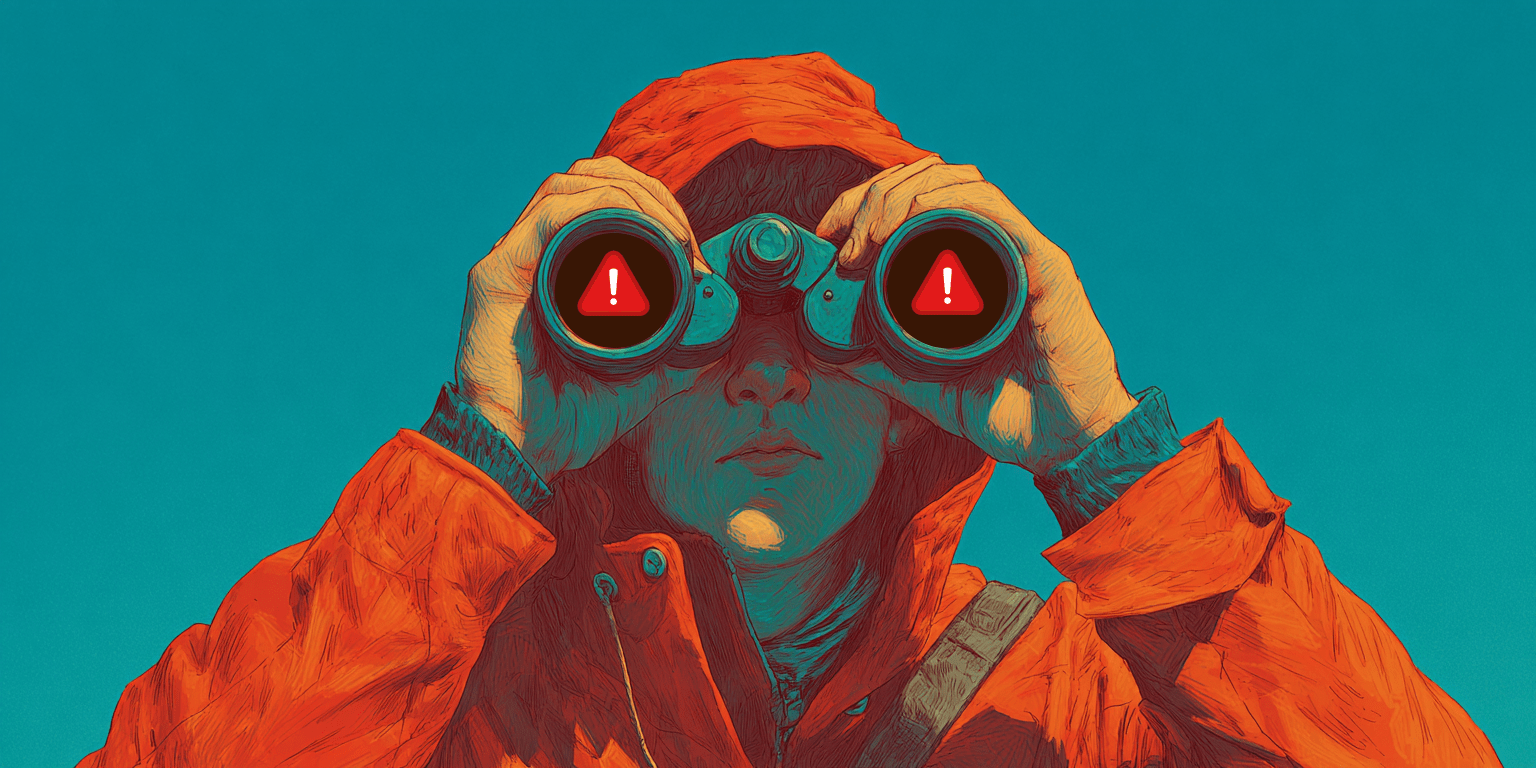Most grooming is not a single bad word. It is the shape of a chat over days or weeks.
A friendly start. More attention. A shift to private spaces. Pressure for images. This is why word lists fail. Teams need a way to notice the pattern early, act fast, keep the full story, and explain decisions in simple terms.
This guide shows how that works in product. First, how platforms spot risk from automated signals, trusted sources, and user reports. Then a short story that shows the flow from first signal to final update. After that, the core four steps that every team can understand at a glance: Detect → Triage → Preserve → Close. Finally, how AI helps by reading context and escalation across time, with guardrails so people stay in charge of hard calls.
Catch the pattern, not just the words
Grooming often starts as a friendly chat and slowly shifts to private spaces. The person offers gifts or praise, asks for secrets, pushes for photos, or adds pressure. Bad words are rarely used, which is why a simple word list misses it.
Two reasons grooming is to hard catch and prosecute:
Timing
Harm grows in the gap between the first risky message and the first action. If hours pass, the damage is done.
Evidence
Even when a team sees something, cases fall apart if they cannot show the full story later. Missing logs and broken context make real follow up harder.
How platforms actually detect risk
They see risk from three places →
1) Automated signals: systems watch for patterns over time, like an older account starting many chats with young players, a fast move to private channels, or repeated requests for images.
2) Trusted sources: hotlines, schools, and police share tips about patterns or specific users.
3) User reports: players and parents report when something feels wrong. Reports matter, but they are not the only way a case begins.
Grooming unfolds over time. AI looks for the pattern, not single keywords. It watches how a chat changes and can flag risk early, often before anyone reports it. It does not judge one line in isolation. It considers who is talking to whom, how often they speak, how quickly things shift, and where the conversation is heading. That is how it tells a helpful teammate from someone trying to take control.
How AI reads context and escalation:
- Approach: a user starts many chats with younger players
- Bonding: flattery, gifts, special treatment, keep this secret
- Boundary tests: asks about age or privacy, pushes for more private spaces
- Move off platform: nudges to another app where safety tools are weaker
- Sexual turn or coercion: repeated requests for images, guilt, or threats
Guardrails that keep people in charge
- Humans decide hard cases: Reviewers handle grey areas and appeals.
- Show the why: Every flag comes with a short reason a reviewer can see.
- Audit for bias: Sample cases each month by language and region. Fix skew.
- Limit access: Only the right roles can view sensitive data. Log every view.
- Tell users plainly: When action is taken, explain it in simple words.
What to measure for AI quality
- Missed risk rate: Share of confirmed grooming cases the AI did not flag.
- Time to first protective step: Minutes from first high risk signal to first action.
- Reviewer agreement: Share of AI flags that reviewers confirm.
- False alarm rate: Share of AI flags that reviewers reverse.
- Drift watch: Compare last month to this month on all four numbers.
Reporting takes two taps. Harmful messages stop fast. Next steps are explained in simple terms. There is a clear path to help. If a mistake is made, the platform explains and fixes it.
When safety is visible and fast, people stay. Platforms that detect early, act quickly, and explain decisions in plain words build real trust. AI that understands the shape of a conversation makes this possible at scale. The work is not flashy, but it is what turns safety from a risk story into a product win.

